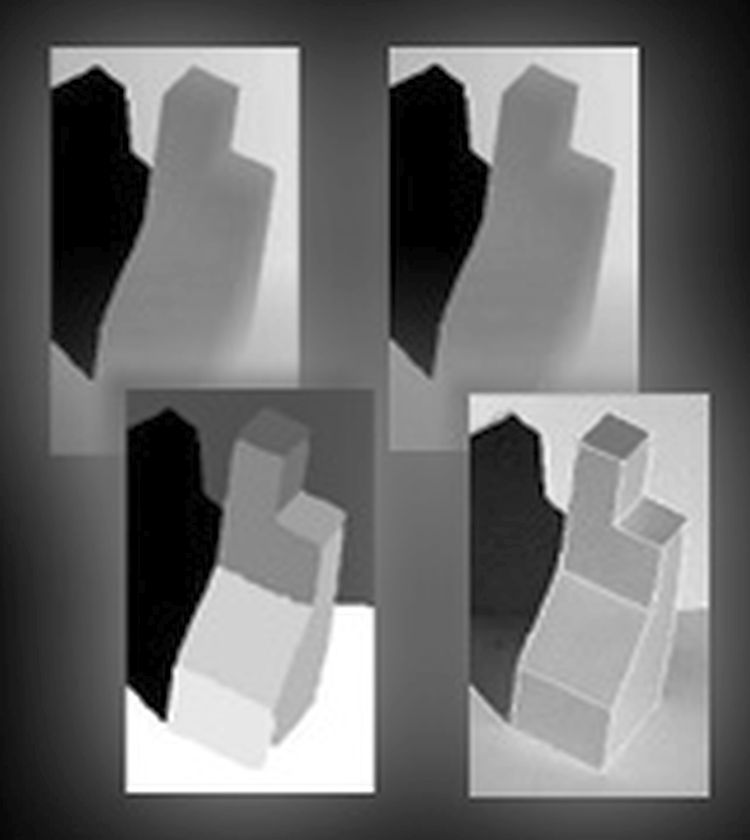Statistical models
Statistical models of pixel value variations have been developed and analyzed. Some of the work focuses on kernel density estimators to develop such models. Consequently, statistical theory of density estimators can be used for various tasks including segmentation of locally/globally parametric image signals; scale estimation and object registration. The main projects of this sub-theme are “Bandwidth Selection for Kernel Density Estimators” and “Estimation and Segmentation of Images Using Parametric Image Models” detailed below.
Estimation and Segmentation of Images Using Parametric Image Models
Models of spatial variation in images are central to a large number of low-level computer vision problems including egmentation, registration, and 3D structure detection. Often, images are represented using parametric models to characterize (noise-free) image variation, and, additive noise. However, the noise model may be unknown and parametric models may only be valid on individual segments of the image. Consequently, we model noise using a nonparametric kernel density estimation framework and use a locally or globally linear parametric model to represent the noise-free image pattern. This results in a ovel, robust, redescending, M- parameter estimator for the above image model which we call the Kernel Maximum Likelihood estimator (KML). We also provide a provably convergent, iterative algorithm for the resultant optimization problem. The estimation framework is empirically validated on synthetic data and applied to the task of range image segmentation.
Related Publications:
- M. Singh, H. Arora and N. Ahuja, A Robust Probabilistic Estimation Framework for Parametric Image Models, European Conference on Computer Vision, LNCS 3021, pp. 508-522, 2004.
